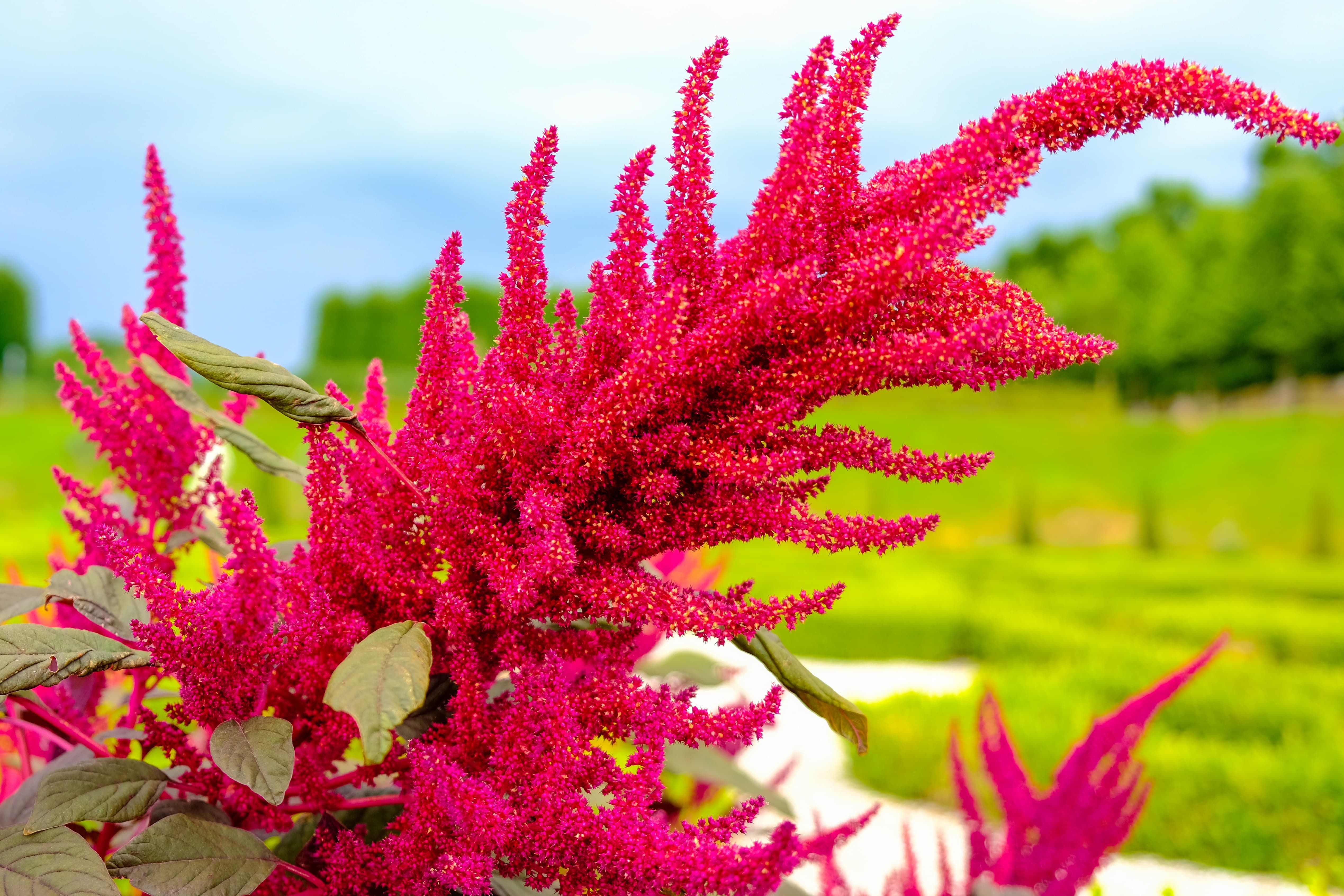
Amaranth
The pigment of the flower of the amaranth plant is a natural reddish-rose color. In the food industry, Amaranth has been widely used for the manufacturing of yogurt, ice cream, sausages and candy due to its high water solubility and thermal stability. Besides the positive effect on increased egg production from layers, feeding amaranth can enhance yolk color. Amaranth leaves also contain a high protein content which can be supplemented in broiler diets.
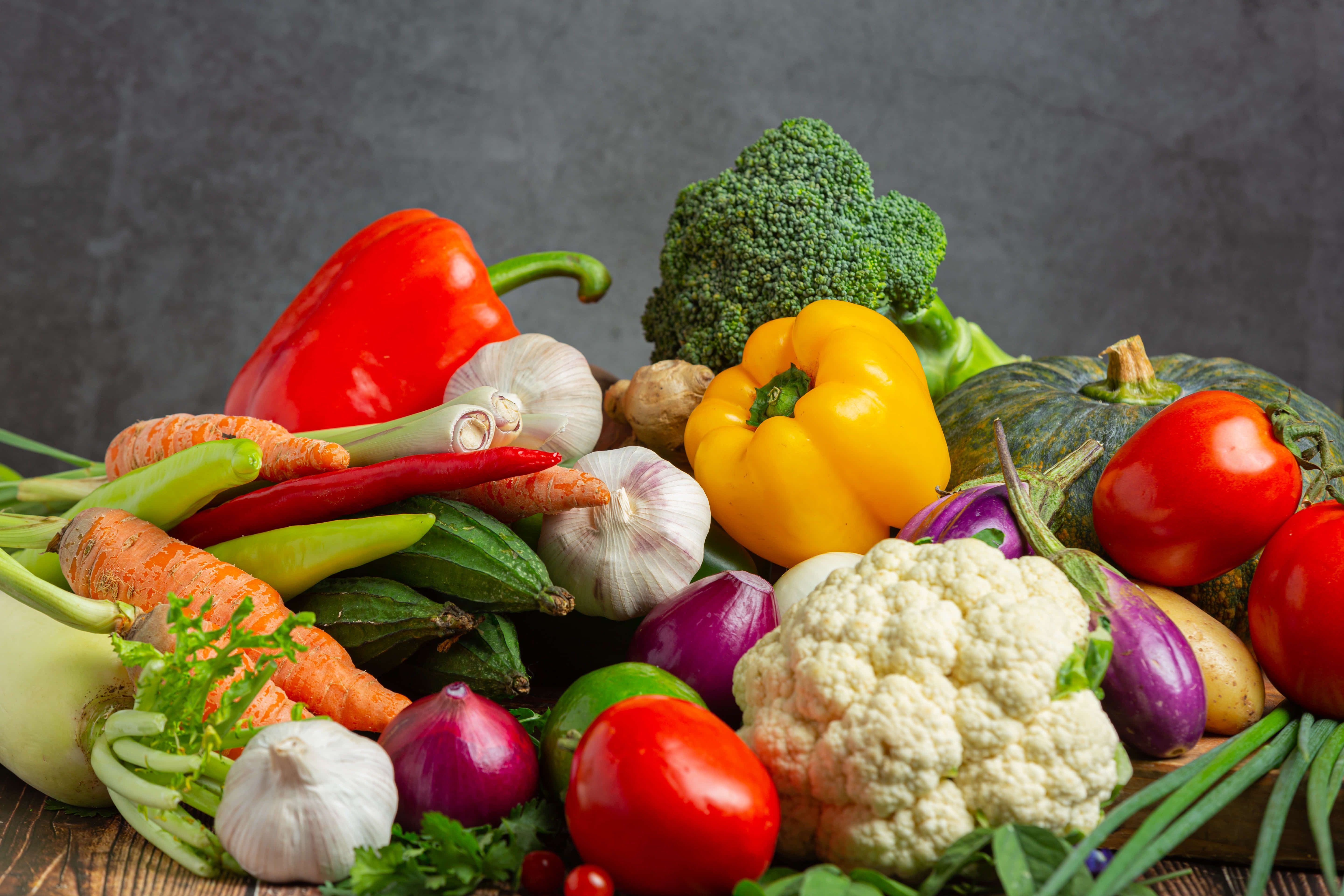
Beta-Carotene
Beta-Carotene is one of the carotenoids in nature with yellow, orange and reddish colors. It gives plants (carrots, sweet potatoes and apricots) their reddish color. It is also a provitamin A which is commonly used in food to provide extra vitamin A for the body. Similarly, beta carotene is the major precursor of vitamin A for livestock. It also improves reproductive performance, protects against oxidative stress and stimulates the immune system in cattle. Since poultry cannot synthesize beta carotene, they must obtain it from external sources. Besides being a source of vitamin A for poultry, beta carotene is also effective in the pigmentation of skin and egg yolks. Due to its antioxidant properties, it helps prevent the deterioration of eggs and meat.
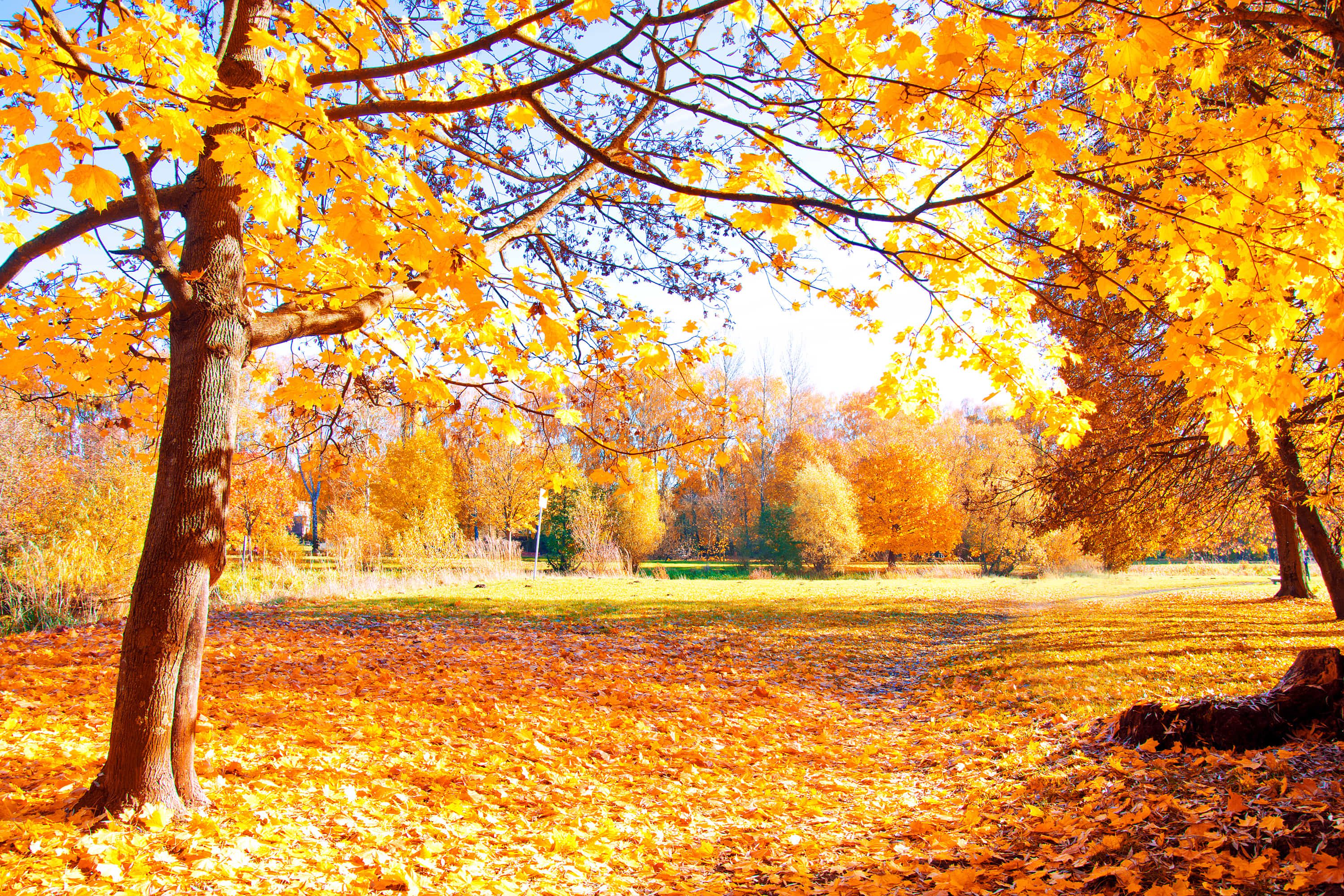
Xanthophyll
Xanthophyll is a yellow and brow carotenoid plant pigment which is responsible for the color of leaves in autumn. Color is the most important factor for consumer choice, in many countries, golden yolks are preferred because they are associated with extensive health benefits. Xanthophyll also has applications in poultry farming. When added to feed, it helps produce the golden color of egg yolks and improve the skin color of broilers.
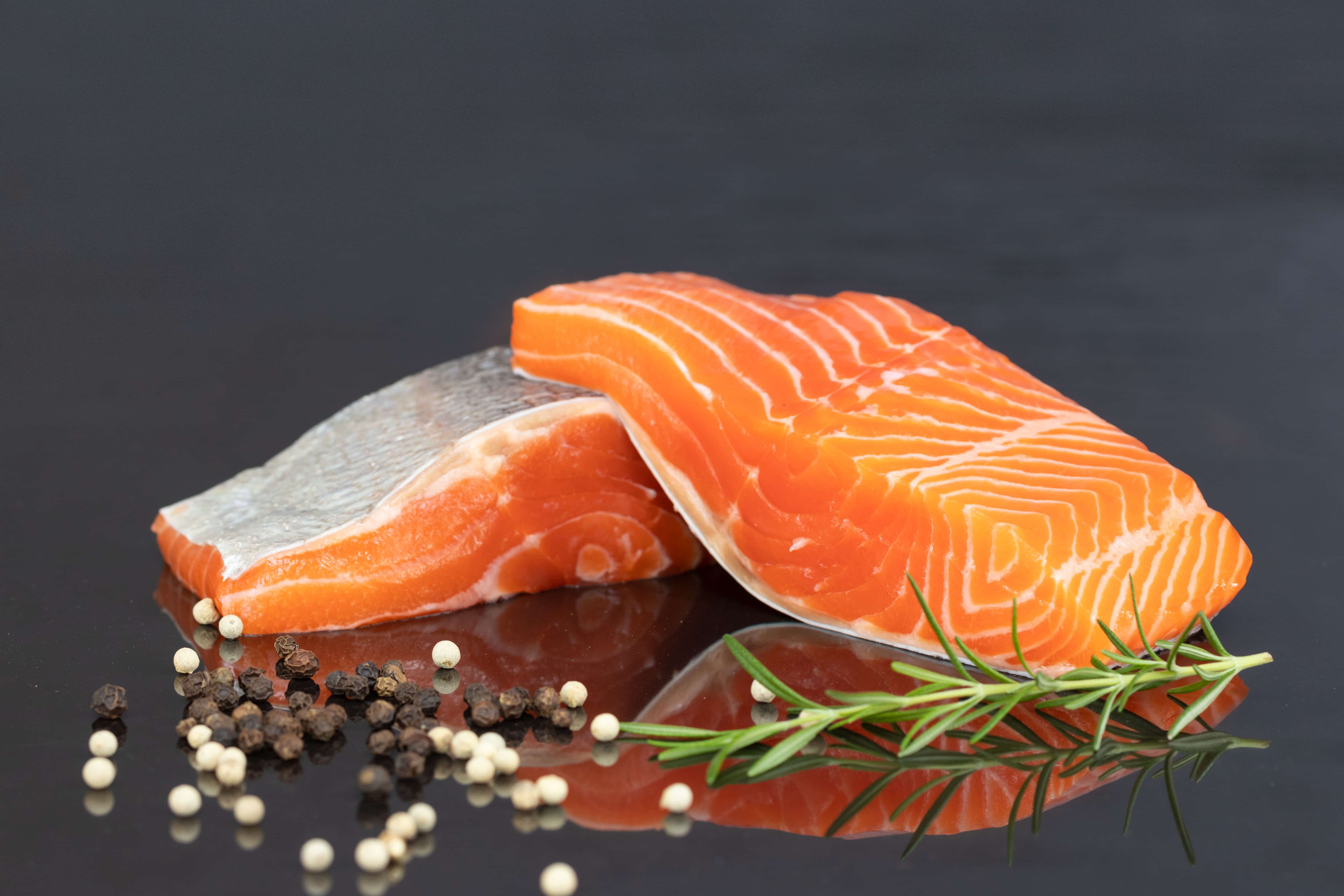
Canthaxanthin
Canthaxanthin is a red carotenoid found in mushrooms, green algae, bacteria, crustaceans and fish. It is used as a feed additive for poultry to boost red color in skin and yolks. It also has applications in feed it enhances the color quality of fish (sea trout and salmon meat) and crustaceans when added to their feed.
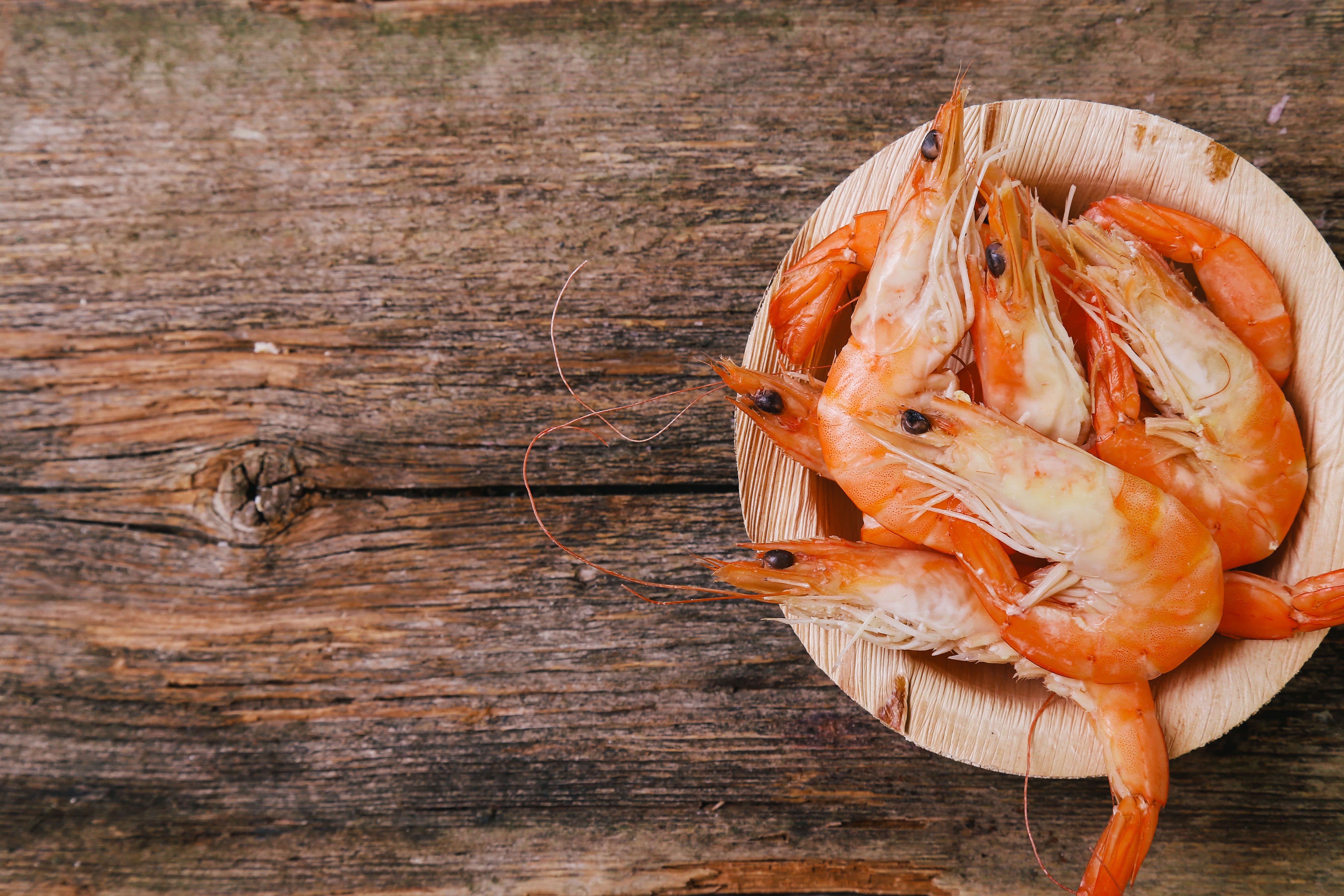
Astaxanthin
Astaxanthin is a by-product of crustaceans and is commonly extracted from shrimp cells. It is a pigment that can be used for crustaceans, fish (salmon, rainbow trout, koi carp) and egg yolks. It also acts as a strong anti-oxidant for improving the immune system, reproductive performance, and growth promoter for all animals.

Tartrazine
Visual color significantly influences consumer perceptions, affecting purchase decisions and perceived product quality. Tartrazine, a synthetic lemon-yellow pigment, is widely used as a food coloring. In feed formulation, it can be used to make the color of feed mixture uniform and attractive to consumers.
